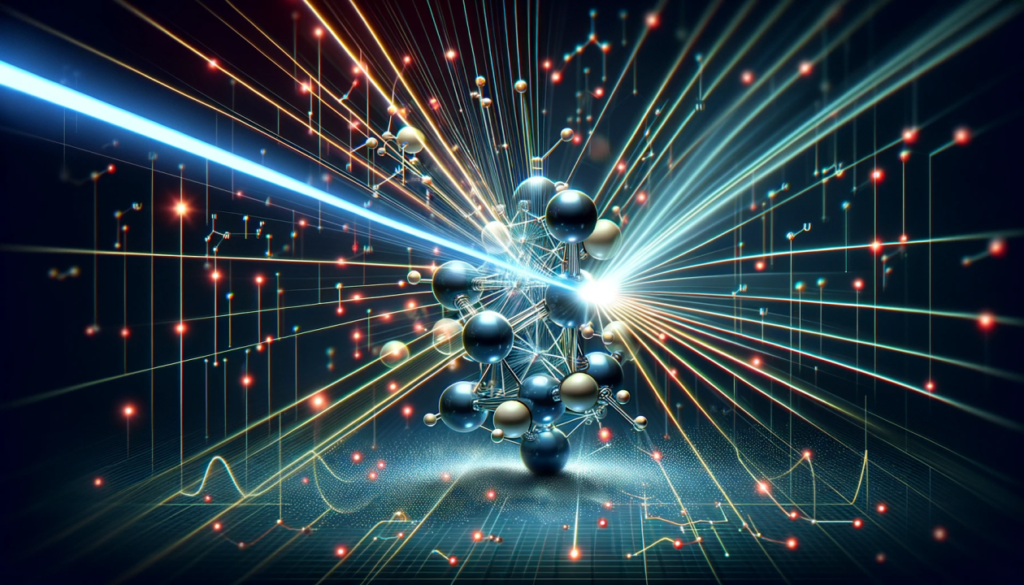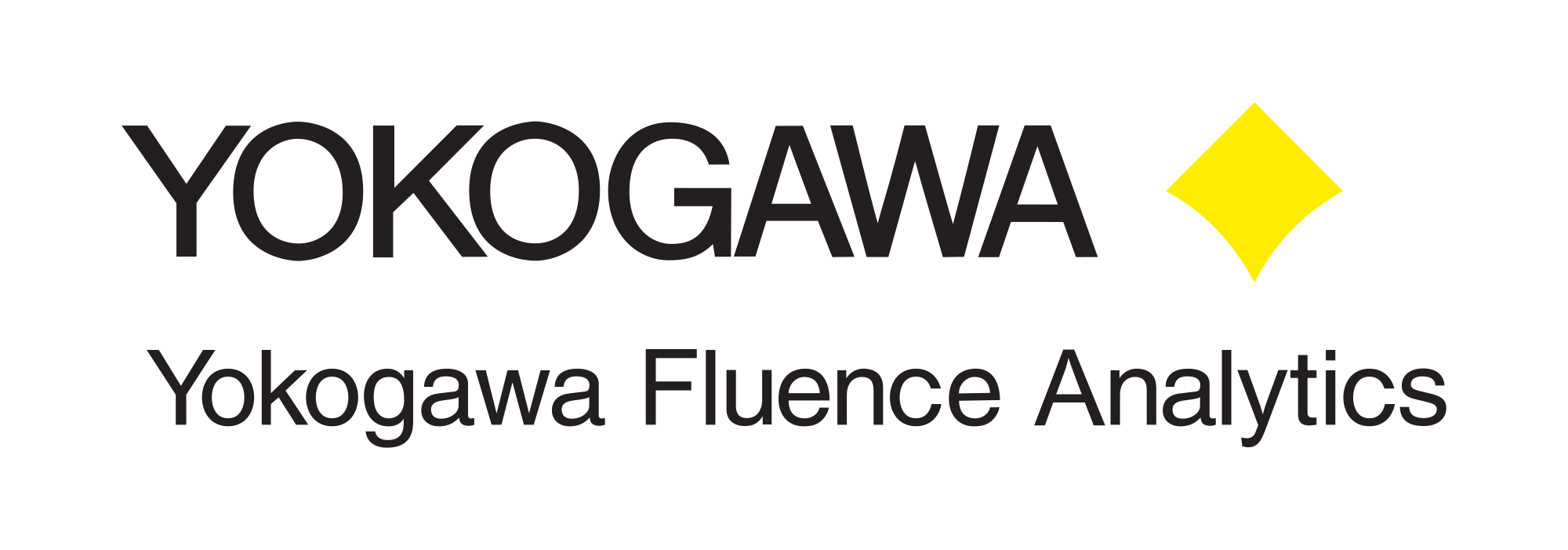Comparison of Light Scattering Techniques for Biologics Development

This article provides a high-level comparison of light scattering techniques, including similarities and differences between them in biopharma applications. The techniques we will review are static light scattering (SLS) and dynamic light scattering (DLS). Both are robust analytical techniques widely employed in the biopharmaceutical industry for characterizing solution properties of macromolecules, nanoparticles, viral vectors, and colloidal drug delivery systems.
Static Light Scattering
SLS encompasses both right-angle light scattering (RALS) and multi-angle light scattering (MALS). These techniques provide absolute measurements of the molecular weight (Mw), weight-average molecular weight, and the radius of gyration of target macromolecules.
Applications in Biopharma
1. Biopolymer Characterization (proteins, peptides, RNA, bioconjugates, macromolecular complexes)
2. Bioconjugate Stability Analysis
3. Determination of aggregation and degradation propensity
Dynamic Light Scattering
DLS measures temporal fluctuations in scattered light intensity to determine hydrodynamic radius size, polydispersity, and the stability of macromolecules in solution.
Applications in Biopharma
1. Nanoparticle Characterization
2. Biologic Formulation Development
3. Colloidal Stability Studies
4. Quality Control
Comparison of Static and Dynamic Light Scattering
While both SLS and DLS rely on the behavior of scattered light, they provide complementary information about the samples under investigation:
SLS:
- Provides absolute measurements of molar mass, weight-average molecular weight, and radius of gyration of all classes of biologics
- Determines colloidal stability
DLS:
- Measures the hydrodynamic radius and polydispersity of macromolecules and macromolecular complexes in solution
- Suitable for characterizing colloidal dispersions, nanoparticles, and macromolecules
- Does not accurately determine absolute molecular weight or molecular weight distributions (only size)
SLS and DLS Are Complementary Techniques
Coupling SLS and DLS data provides a more comprehensive stability landscape for target molecules and complexes. SLS and DLS are often used in combination to provide a comprehensive understanding of the biophysical and solution properties of all classes of biologics. This leads us to the ARGEN platform, which leverages SLS in a patented configuration to help accelerate biopharmaceutical development. ARGEN can help teams compliment their R&D instrument portfolio and rapidly analyze biopolymer stability landscapes during the early phases of formulation development.
Accelerating Biopolymer Formulation R&D with ARGEN
ARGEN is a patented static light scattering instrument that addresses key challenges in biopolymer research. The ARGEN platform includes up to 16 SLS devices in one compact bench-top instrument. ARGEN offers expedited in-situ, real-time stability monitoring, manufacturing stress modeling, shelf-life determination, and rapid parallel analysis, leading to more efficient and effective formulation development. Essentially, ARGEN is 16 SLS instruments in one platform, which can greatly accelerate experimentation and data collection. The features of ARGEN include:
- Real-time Monitoring of Stability
- Kinetics of Oligomeric State Transitions
- Modeling of Bioprocessing Stress
- Parallel Analysis
- Low Temperature Analysis
- Versatility
- Time Reduction
- Quality Control and Process Development
This combination of capabilities can lead to the development of more stable and reliable biopolymer formulations, reducing the time and resources spent on unsuccessful candidates and helping accelerate biopharma research and development efforts.
Connect with Yokogawa Fluence Analytics Today!

